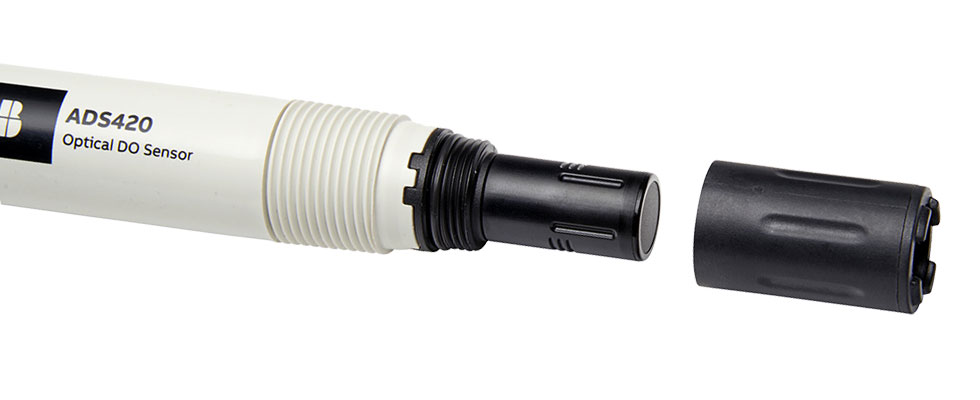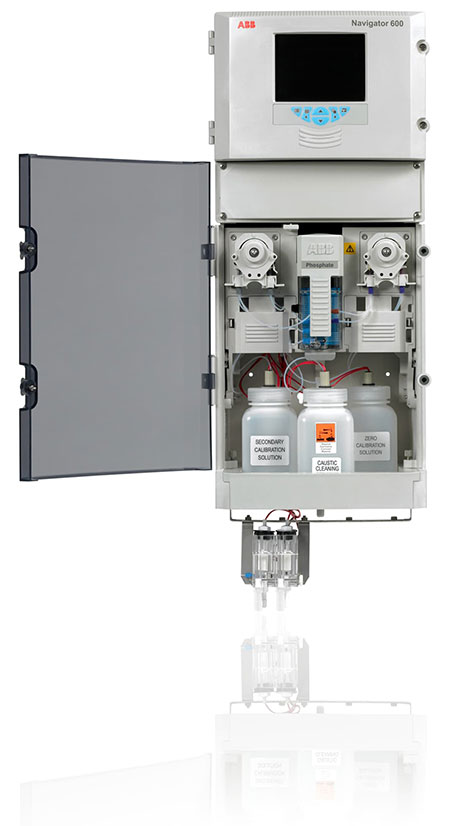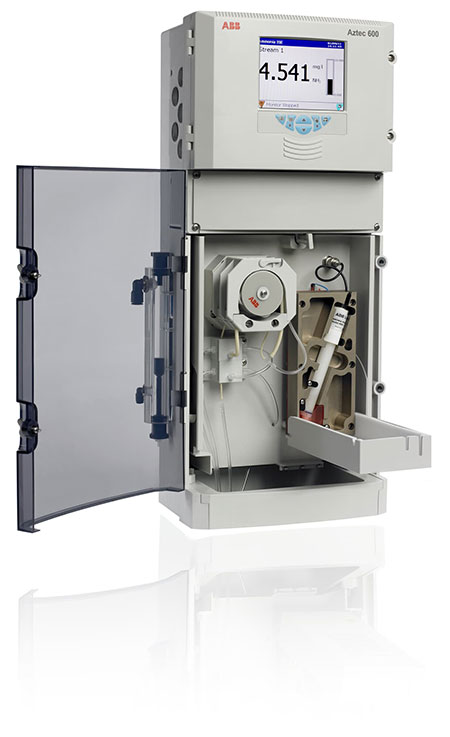
The chemical industry is a vital part of the global economy and produces a vast range of products that underpin modern life, including pharmaceuticals, detergents, fertilizers, paints, plastics and many more. With a total revenue of over $4.73 trillion in 20211, the industry is a major contributor to global wealth.
That said, the potential damage that the industry can do cannot be ignored. Wastewater discharged from chemical plants can include a number of harmful and noxious substances, including arsenic, chlorine, cyanide and fluoride. Some plants may discharge heavy metals, such as chromium, copper, iron, lead, mercury, nickel and zinc.

Many of these discharged waste products can have serious damaging effects on aquatic ecosystems, poisoning water courses and killing plants, animals and insects. Beyond wildlife, this degradation in water sources can also affect the health of humans and domesticated animals and degrade farmland.
A particular problem is the release of fertilizer chemicals, such as phosphorus and ammonia. For example, high levels of soluble reactive phosphate (SRP) can lead to algal blooms on lakes, reservoirs and rivers. These can quickly accumulate and destroy aquatic environments by consuming dissolved oxygen in the water.
Treating the Problem
Regulations have gradually become stricter across the chemical industry, especially as the threat from micropollutants, such as metals, pharmaceuticals and microplastics, has become more widely known. These regulations, which can carry substantial penalties, have made it increasingly important to gain an accurate picture of the content of chemical discharges.
In some cases, treated industrial wastewater or effluent may be reused or released to a sewer or a surface body of water. The wastewater of some chemical facilities can be treated in sewage treatment plants, but most industrial processes, such as refineries and petrochemical plants, have their own facilities to treat wastewater flows to avoid releasing excessive pollutant concentrations. This applies particularly to companies that generate wastewater with high concentrations of organic matter, such as oil and grease, heavy metals or nutrients such as ammonia and phosphates.
Treatment processes can include brine treatment, the removal of solids, removing biodegradable organics and
other organics, removing oil and grease, acids and alkalis and removing toxic materials, such as heavy metals and volatile organic compounds.
What to Measure
There are several parameters and individual chemical signatures that need to be measured in an effective chemical discharge monitoring system.
pH and ORP
Two of these parameters are the pH of the released effluent and its oxygen reduction potential (ORP).
The pH value of chemical process effluent released to water courses is significant. If it is too acidic, the levels of calcium, magnesium and potassium are reduced. All these chemicals are required for correct and vigorous plant growth. Conversely, if water is too alkaline, calcium levels will build up, blocking the supply of nutrients to the plants’ roots.

The acceptable pH range for the discharge of process wastewater is 6.0 to 9.0. As a pH of 7.0 is neutral, alkaline material in the discharge is more acceptable than more acidic materials.
ORP is an indicator of how much dissolved oxygen is in the water. This affects the ability of a lake to cleanse itself or breakdown waste products and thus shows how healthy it is. Essentially, ORP is measured to determine the degree to which the discharged water is capable of oxidizing or reducing another substance. A reducing agent can lose electrons and become oxidized, while an oxidizing agent can gain electrons and become reduced. It can be a good indicator of wastewater quality, with different constituents producing different results. For example, excess chlorine will produce a large positive value, while hydrogen sulphide will give a large negative result.
Conductivity
The conductivity of water indicates how well the water can pass an electrical current. It is useful as a measure of water health—each body of water will have its own typical conductivity reading, and any changes in this level, usually an increase, will indicate that a discharge has affected the health of the water and the life it sustains. Water bodies with higher than usual conductivity may also have other indicators that they are impaired or degraded.
Turbidity and total suspended solids
The clarity of water in a lake or stream is a clear indicator of its health. This is because the clearer the water, the more that light can penetrate to sustain aquatic plants, which generate the oxygen needed for other lifeforms. This means that controlling the level of turbidity and suspended solids in chemical process wastewater discharged to the environment is vital in preventing damage caused by depleted dissolved oxygen levels.
Total suspended solids are particles larger than two microns. As such, they generally include silt, sediment, bacteria, clay, algae and nonsettleable solids. All these particles can affect the transition of light through water.
Controlling suspended solids is particularly important in chemical process effluent applications, as they can present the added risk of toxic or metallic compounds escaping into the environment.
Ammonia
Although it is a simple compound of nitrogen and hydrogen found naturally in many water courses, ammonia can cause problems at excessive levels. In a concentrated form, it is both caustic and hazardous and is toxic to both fish and other aquatic life. As a fertilizing substance, it can also overstimulate plant growth or cause algal blooms, leading to oxygen depletion in the water.
Phosphates
A similar challenge is posed by phosphates. Although phosphorus is a natural fertilizer for plants, in its phosphate form, it can lead to serious risks for aquatic ecosystems. For example, high levels of soluble reactive phosphorus (SRP), also known as orthophosphates, are a key instigator of algal blooms on lakes, reservoirs and rivers.
When not measured correctly, chemical discharge can render whole bodies of water lifeless, killing fish and other aquatic life and generating unpleasant and toxic odors as the algae decays. In addition, algal blooms can also contain blue-green algae, known as cyanobacteria, which can release potentially harmful toxins into the water.
Dissolved oxygen
It is vital to control the levels of dissolved oxygen as closely as possible. Both excessively low and excessively high levels of dissolved oxygen can be harmful to aquatic life. This makes it essential for chemical process plants to ensure that levels are as close to ideal as possible before water is discharged to the environment.
Temperature
The temperature of discharges is another vital parameter to measure. Discharged water that is too hot should also be measured, as it could have an impact on aquatic life. For example, the U.K. consent conditions for trade effluent state that effluent should not exceed a temperature of 43 C.2
Flow
The amount of waste discharged is also an important parameter to measure. Companies will often need to use flow meters to quantify the amount of wastewater released from their processes to satisfy regulatory requirements. As well as helping them meet legislative demands, flow meters aid efforts to reduce wastage, which can also help minimize subsequent treatment costs.
References
statista.com/statistics/302081/revenue-of-global-chemical-industry/
thameswater.co.uk/wholesale/trade-effluent#:~:text=If%20you%20want%20to%20discharge,trade%20effluent%20without%20a%20consent.

